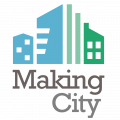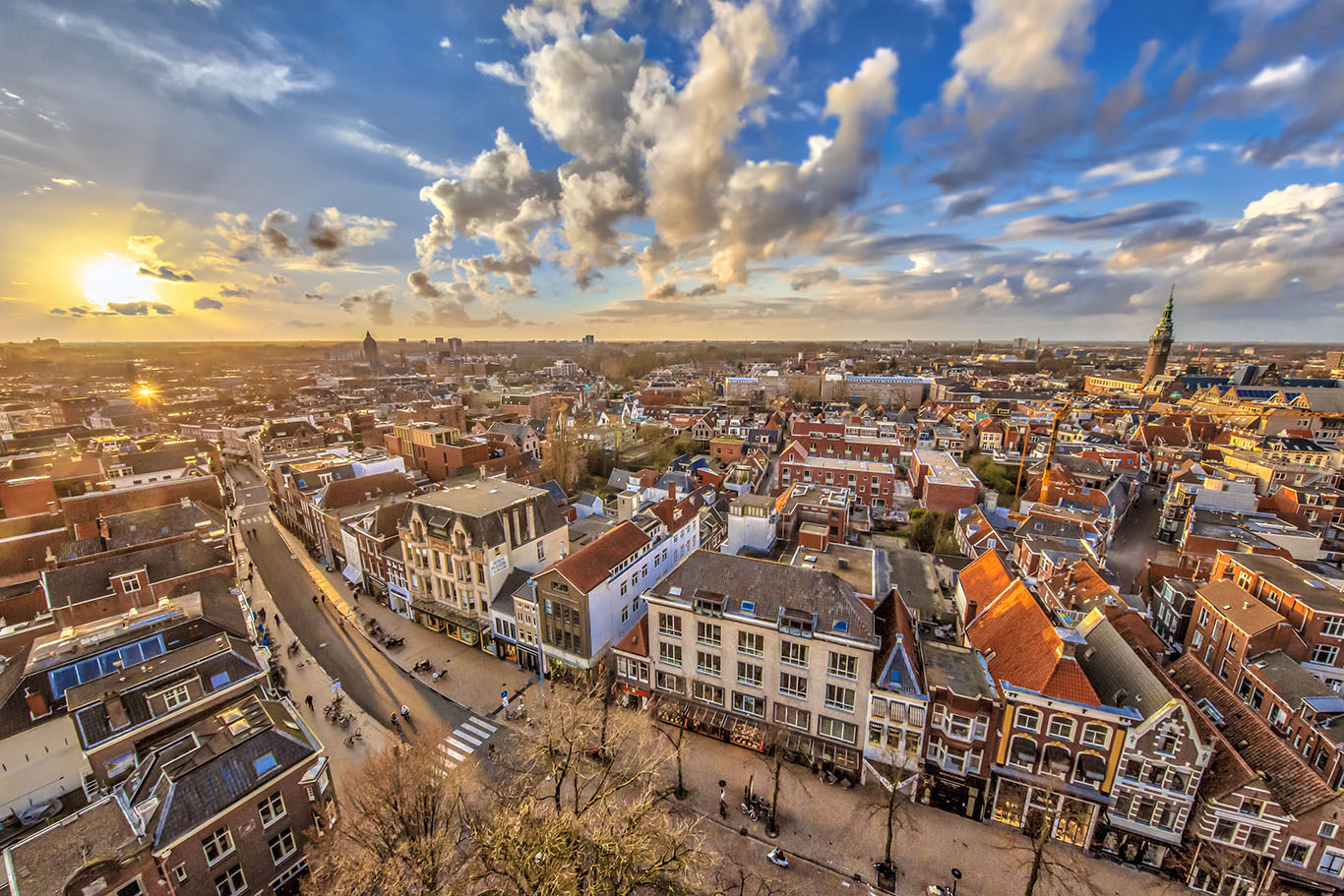CITY CONTEXT
Groningen was chosen as one of the two “Lighthouse cities” involved in MAKING-CITY due to its current urban energy transformation strategy. In the Netherlands, natural gas remained for decades the main energy source to respond to the national energy demand. However, reiterated earthquakes caused by the gas exploitation activities seriously damaged houses and revealed a need for sustainable alternatives.
To achieve this energy transformation, the city council of Groningen adopted in 2011 a Master Plan which aims at making Groningen energy neutral by 2035. “Groningen Energises 2015-2018” completed this political willingness followed by the 2017 “Next City” plan and its core objective of turning the city of Groningen into a real-life lab for energy transition. As member of the Global Covenant of Mayors for Climate and Energy, Groningen committed to reduce by 70% its gas emissions in 2030 while establishing a sustainable use, consumption and energy production.
PED IMPLEMENTATION
Groningen North and Groningen South are the two districts selected to implement the PED concept developed in the MAKING-CITY project. Several infrastructure typologies are represented in both urban areas: residential buildings bordering a university campus, industrial and tertiary blocks, public facilities, etc. Part of the residential area in Groningen North was built in the 1960’s while the vast majority of Groningen South is relatively new, constructed around the 1980’s.
Overall, the PED implementation in Groningen North and Groningen South involves the retrofitting of residential buildings (floors, roofs, fronts, windows, smart thermostats and sensors to real-time measuring of energy consumption…) in order to maximise infrastructure performance. Solar panels will be installed on the roofs of some buildings and car parks. In addition, solar thermal panels will support geothermal heat pumps which are directly connected to the geothermal district heating system. The surplus of thermal energy produced by some residential buildings will be stored and used during energy demand peaks. On the other hand, biogas technology will be used to collect and “digest” -under high pressure and thanks to bacteria-, waste and waste water produced by public sport and catering facilities.
To monitor the technical and the social adaptations, four sustainable demohouses were created where in which innovative retrofitting measures are being tested on terraced houses in a real life setting. You can follow the demohouses project below or read more about it in our «Energy Transition as a social process» magazine:
A special focus will be made on sustainable infrastructure. For instance, the existing bicycle and pedestrian path is transformed into a solar footpath by installing 2544 recycled solar tiles on its surface, capable of producing about 60,000 kWh per year. Moreover, smart charging stations for electric vehicles will be installed and directly connected to the current grid.

